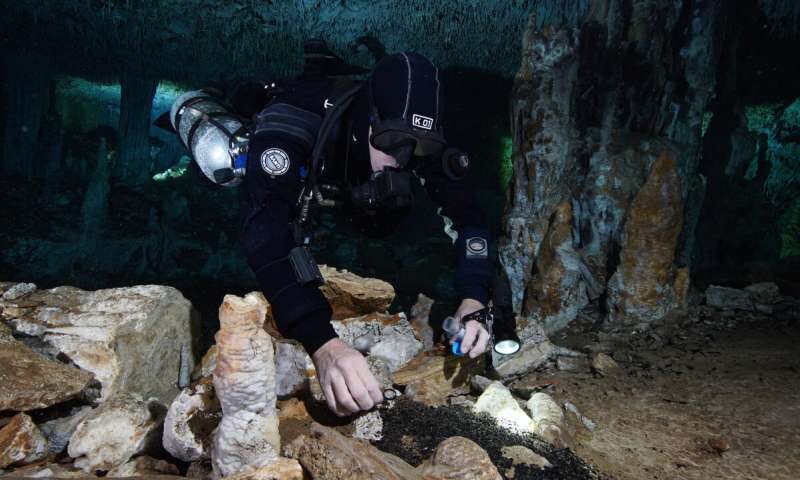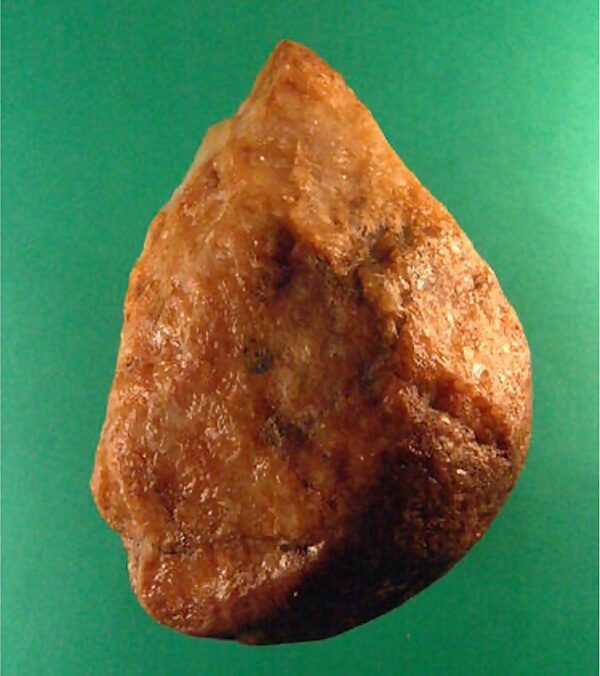OF THE
TIMES
"Politicians, Priests, and psychiatrists often face the same problem: how to find the most rapid and permanent means of changing a man's belief...The problem of the doctor and his nervously ill patient, and that of the religious leader who sets out to gain and hold new converts, has now become the problem of whole groups of nations, who wish not only to confirm certain political beliefs within their boundaries, but to proselytize the outside world."It is rather ironic that in this "age of information", we are more confused than ever...
- William Sargant "Battle of the Mind"


During the civil war that followed Caesar's death, written accounts remarked on the unusual weather — the sun didn't shine, and the weather was unusually cold and wet, leading to famine. Historians have previously speculated that a volcano was to blame, and now geoscientists, historians, and archaeologists have been able to physically investigate that theory.It's likely there were a number of factors driving Earth Changes as Pierre Lescaudron details in his article Volcanoes, Earthquakes And The 3,600 Year Comet Cycle.
The study used climate models to see how Okmok's eruption would have affected the Mediterranean, and found that temperatures could have dropped up to 13.3 degrees Fahrenheit, with precipitation increasing up to 400 percent.
The effects of Okmok also rippled out to ancient Egypt, its dark cloud of volcanic aerosols possibly causing a drought in Africa. The resulting Egyptian famine likely made it easier for Octavian to defeat and annex the fallen Ptolemaic Kingdom as part of the nascent Roman Empire in 30 BC.
Comment: See also:
- Usa̧klı Höyük: Earliest mosaic in the world found in Turkey - Was this the center for the cult of the "storm god"?
- Book Review: Where Troy Once Stood
- Volcanoes, Earthquakes And The 3,600 Year Comet Cycle
- Megalithic monuments found in Russia possibly date from 25,000 years ago
And check out SOTT radio's: